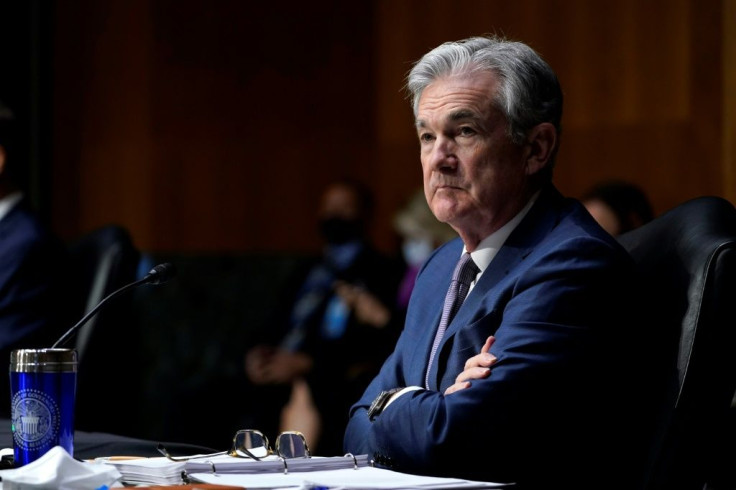Federal Reserve Begins Meeting As Data Show Bumpy US Recovery
The Federal Reserve opened its two-day policy meeting on Tuesday, as a host of new data show the US economic recovery is hitting speed bumps, complicating the central bank's job.
Rising prices have garnered the most attention as the economic reopening accelerates thanks to widespread Covid-19 vaccinations, but data also indicate disappointing hiring as well as supply chain bottlenecks that are holding back US industry, notably the auto sector.
The expectation is for the Fed to hold the line on its stimulative policies as it waits for proof that all Americans are benefiting from the post-pandemic rebound, but economists say the central bank could also issue a statement signaling they are monitoring inflation.
The government's producer price index (PPI) surged 6.6 percent over the year ended in May -- the highest since November 2010, the Labor Department reported Tuesday.
That outpaced the five percent gain in the consumer price index reported last week, and adds fuel to fears more inflation is coming, despite the Fed's repeated assurances that the price increases are largely temporary and due to the reopening.
"It looks like we are in for a hot summer," Grant Thornton chief economist Diane Swonk said in an analysis.
However, she noted that, "Pricing pressures are expected to cool as we move into 2022 when the heat upon reentry dissipates with a replenishing of goods inventories."
Fed Chair Jerome Powell has stressed that same message: that factors fueling the rising prices are mostly due to the comparison to 2020 when the economy was largely shut down, or due to hiccups in getting transportation and supply networks back up to speed.
But he will face intense pressure to reassure investors and financial markets during his press conference on Wednesday that the Fed will not wait too long to act, especially with massive amounts of cash from the government and the Fed's bond buying program sloshing around in the economy.

The Fed has a dual mandate to focus on both controling inflation and achieving maximum employment, which means watching data on the broader economic recovery.
Retail sales in May fell 1.3 percent -- more than double the drop economists had been expecting -- as consumers pulled back from spending on an array of goods, according to Commerce Department data released Tuesday.
Meanwhile, industrial output rose 0.8 percent compared to April, and has jumped 16.3 percent over the latest 12 months, Fed data showed.
But that report also showed auto production lagging the latter half of 2020 due to the continued impact of a global semiconductor shortage.
Meanwhile, the critical official jobs data released earlier this month showed hiring has fallen short of expectations, and unemployment was 5.8 percent in May.
Mahir Rasheed of Oxford Economics said he expects price pressures to "recalibrate" next year.
"With inflation expectations cooling and fiscal stimulus fading, we continue to share the Fed's view that we are not entering an environment of spiraling prices," he said.
The question analysts have is when the Fed will take the first step, and begin "talking about talking about" tapering its bond purchases.
"The members want to get the tapering process started and there is every reason to start sending messages that the economy not only doesn't need any additional help, but could use a bit of moderation," economist Joel Naroff said in an analysis, who warned that inflation could become "unmoored."
© Copyright AFP 2024. All rights reserved.




















